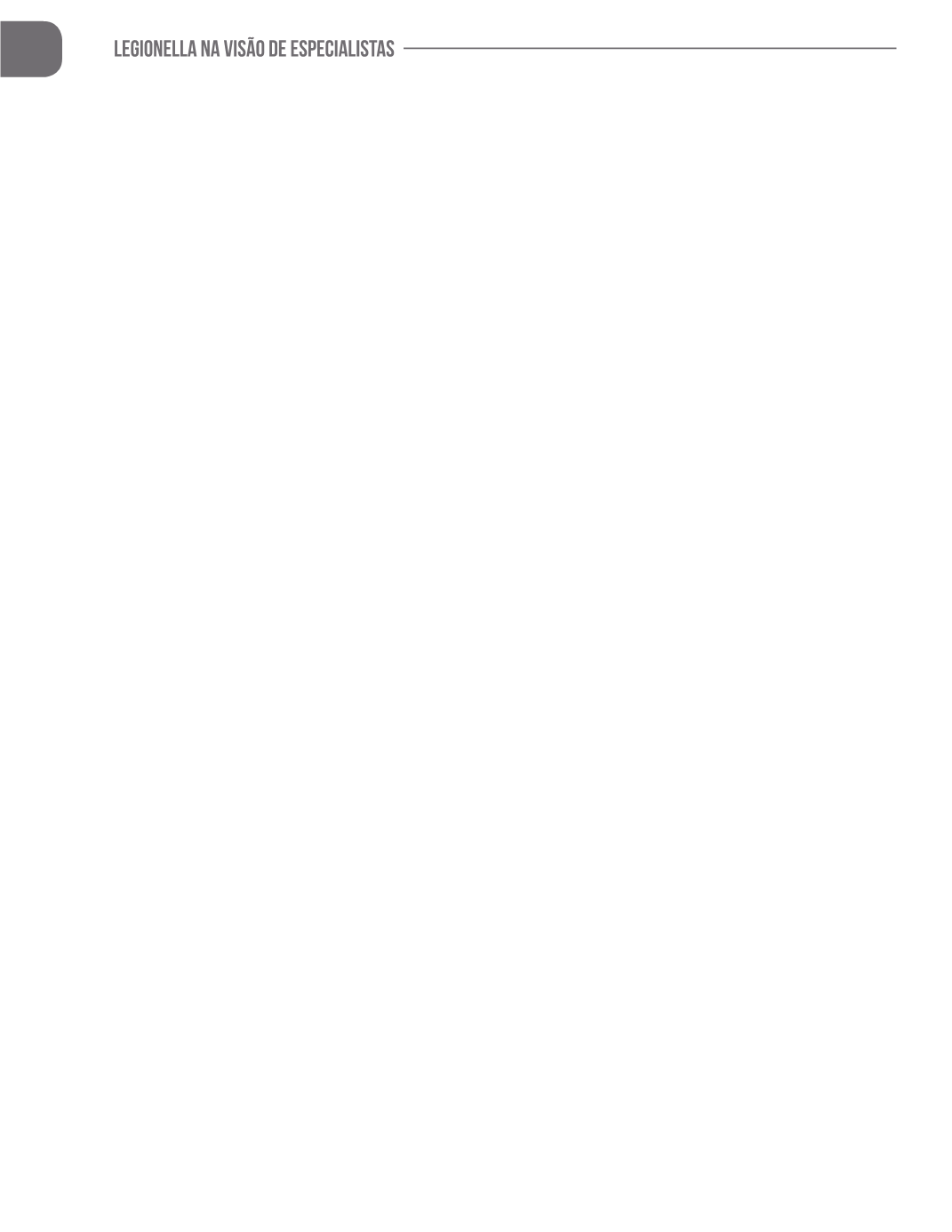
152
conditioning. But it is a mistake to think that it was readily accepted in the
market. It was initially very criticized by several professionals in the HVAC
sector.
By the end of 1998, it was hold a meeting at the head office of ABRAVA
– Brazilian Association of Refrigeration, Air Conditioning, Ventilation and
Heating located in São Paulo, SP. The room was crowded with more than
60 professionals and the purpose was to discuss and understand the new
legislation.
Several comments were made, such as: “How does the Health Ministry
dare to issue a norm concerning air conditioning?”, or, “I can not force
my client to replace the filters. This is impossible”. Lots of criticisms and
contrary considerations were made; and a few false predictions that “this
law is not going to catch on” in Brazil.
Some professionals with vision, including those coordinating the
meeting, as the current president of ABRAVA, Eng. Wadi Tadeu Neaime,
strongly defended the new regulation. They argued that it was a great
opportunity for the sector togeneratebetterprojects, equipment andservices
with increased quality and more added value. They saw in that document
a powerful work tool in terms of what has been actually happening until
today after more than 15 years since the communication.
The curious thing about all this is that there was no mention all through
the 07 pages of such an important legislation, taking into consideration the
Legionella
bacteria, which is the origin of the entire study!
And
Legionella
was not mentioned also in the Resolution 09 of January
16 of 2003 published already by ANVISA – National Agency of Sanitary
Surveillance (Brazil), as complement of the Directive 3523, which deals


